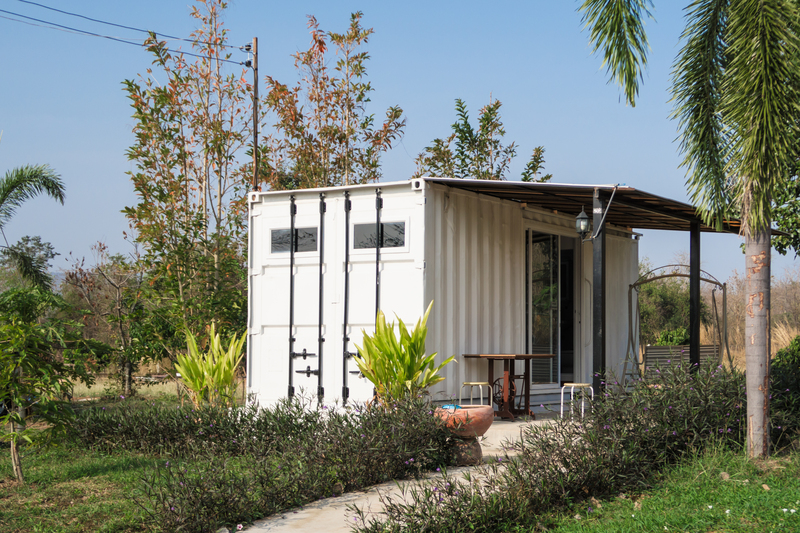Revolutionizing Our Fight Against Microplastic Pollution
Microplastic pollution is one of the most pressing environmental challenges of our time. These tiny particles, less than 5 millimeters in size, permeate our ecosystems--impacting wildlife, human health, and the global climate. Fortunately, recent innovations are revolutionizing our efforts to combat this pervasive problem.
Understanding Microplastic Pollution
Before diving into solutions, it's crucial to understand the nature and origins of microplastic pollution. Microplastics originate from the breakdown of larger plastic debris, as well as from products specifically manufactured to contain small plastic particles, such as exfoliating beads in personal care products.
Sources of Microplastics
- Primary Microplastics: Intentionally manufactured small plastics found in products like cosmetics and certain types of industrial abrasives.
- Secondary Microplastics: Result from the degradation of larger plastic items like bottles, bags, and fishing nets due to environmental factors such as UV radiation and physical abrasion.
The infiltration of microplastics into ecosystems can have devastating effects, as these particles are often consumed by marine life, leading up to potential human consumption through the food chain.

Innovative Solutions Tackling Microplastic Pollution
The battle against microplastic contamination requires a multi-faceted approach involving innovation, policy change, and community engagement. Here, we explore groundbreaking solutions implemented globally.
Advanced Filtration Technologies
One of the leading strategies in reducing microplastic release into waterways is the development of advanced filtration technologies for washing machines, industrial processes, and wastewater treatments. Innovations like microfiber filters and nanotechnology-enhanced membranes are proving effective in trapping microplastics before they enter the water systems.
Biodegradable and Bioplastic Alternatives
The development and adoption of biodegradable plastics and bioplastics represent a transformative shift in manufacturing. These materials can decompose naturally, reducing potential buildup in environments. Companies and researchers are rigorously working on optimizing these alternatives to offer the same strength and durability as conventional plastics.
Recent breakthroughs include:
- PLA (Polylactic Acid): Derived from renewable resources like corn starch or sugarcane and extensively used for packaging.
- PHAs (Polyhydroxyalkanoates): Microbially produced biopolyesters that offer superior biodegradability.
Policy Reforms and Corporate Responsibility
The path forward in combating microplastic pollution is incomplete without robust policy changes at governmental and international levels. Nations across the globe are initiating bans on single-use plastics, promoting recycling, and supporting research on sustainable materials.
Global Legislative Efforts
Many countries are implementing aggressive policies to reduce plastic waste. The EU and several Asian countries have committed to stringent regulations aiming to phase out certain single-use plastic items.
- Extended Producer Responsibility (EPR): This policy framework mandates manufacturers to bear the cost of waste management, driving innovation towards eco-friendly product design.
Corporate Initiatives
A growing number of corporations are acknowledging their role in microplastic mitigation. By pledging to reduce plastic use, investing in alternatives, and boosting recycling efforts, businesses are setting benchmarks for industry standards.
Examples include:
- Unilever: Committed to halving its virgin plastic usage by 2025.
- Nestle: Aims for 100% of its packaging to be recyclable or reusable by 2025.

Community Engagement and Awareness
Finally, revolutionizing the fight against microplastics necessitates grassroots efforts. Public awareness campaigns, education, and community clean-up events are vital components in the battle against microplastic pollution.
Individual Actions
Consumers can make a significant impact through conscious consumption--opting for sustainable products and supporting brands committed to environmental stewardship.
Here are some ways individuals can help:- Reduce plastic usage: Opt for reusable or compostable goods.
- Participate in local clean-ups: Engaging in community efforts can aid in pollution reduction and raise awareness.
- Educate: Spread knowledge about the consequences of microplastic pollution and the importance of environmentally conscious choices.
Conclusion
Tackling microplastic pollution presents both challenges and opportunities. However, by harnessing innovative technologies, implementing robust policies, and fostering community engagement, we are making strides in our battle against this environmental threat. As individuals, corporations, and governments come together, we can work towards a cleaner, more sustainable future for our planet, effectively revolutionizing our approach to microplastic pollution.